Students in the Illustration program learn to visually communicate ideas and narratives for print and electronic media.
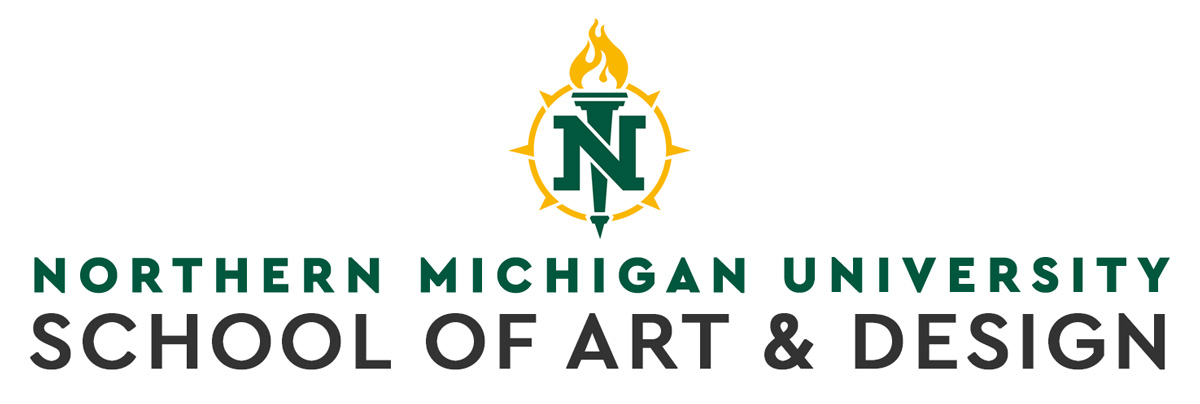

ILLUSTRATION



The Illustration Major at NMU
Students in the Illustration program learn to communicate ideas and narratives visually for print and electronic media. With the plethora of visual information encountered daily in movies, television, games, and online, it is clear that illustrators play essential roles in our increasingly visually hungry society. Common industries that commission freelance illustrations or employ illustrators include advertising, editorial, book, comic, entertainment, medicine, biology, fashion, and architecture. An illustration graduate will have experience in various illustration forms to ensure that they can solve problems for many different clients. Students learn to develop original content, adding their distinct voices to visual culture.
An emphasis on working from life and direct subject observation is an essential part of the illustration curriculum. In AD219 Illustration: Foundations, an understanding of the basic visual language of design, color, and linear perspective is acquired through projects related to the publishing, editorial, and concept art markets. Digital media is emphasized as an illustration tool during AD319A Illustration: Digital Media, while in AD319B Illustration: Narrative Figure, students develop an understanding of the human figure necessary for artists and apply that knowledge to more conceptual and narrative work. In AD 419 Illustration: Advanced Studio, emphasis is placed on personal discovery and the development of self-authored content. The AD 431 Portfolio: Illustration and Painting coursework focuses on a specific area within the illustration or painting marketplace that interests the student, enabling the creation of a professional portfolio.
Class instruction addresses a range of media and techniques. Demonstrations, lectures, and art history examples are offered to illuminate technical issues and encourage exploration. Students are exposed to an atmosphere of creative thinking and critical analysis while being encouraged to develop an understanding of visual media. Through regular critique and discussion, students actively examine and respond to the work of their peers. The studio classroom functions best when it becomes a small artistic community where ideas and methods can be shared and discussed without prejudice. Ultimately, the skills and concepts that the students obtain early on will introduce them to the rewards and challenges of the creative process and help form the groundwork for more advanced ideas.
Illustration Students Learn to Develop Original Content Adding Their Distinct Voice to Visual Culture
Click to Learn MoreIllustration Studio
The Illustration studio is located on the second floor of the Art & Design Building. The large multi-purpose studio has both natural and artificial light available. In addition to regular class hours, the studio is available to illustration students during evenings and weekends. Flat-file storage, sink, still life props, plaster casts, numerous power outlets, and a digital projector help foster a professional studio environment for traditional or digital media.
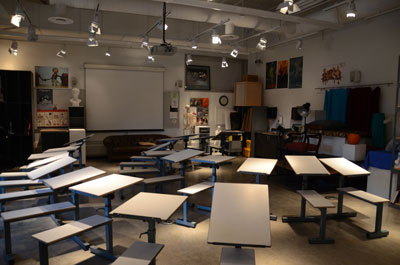
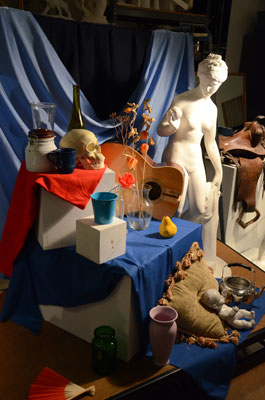
The Illustration Studio is a Large Multi-Purpose Space with Available Natural and Artificial Light
Click to Learn MoreIllustration Faculty
click to open/close
Steven Hughes
Professor
BS Kent State University
MFA Kent State University
Steven Hughes received his training at Kent State University, earning an MFA in Visual Communication Design with a concentration in illustration. He operates a freelance art studio, Primary Hughes Illustration, and serves as Assistant Professor responsible for the Illustration program at Northern Michigan University. His work has been used by The New York Times, American Greetings, Toronto Blue Jays Care Foundation, Light Grey Art Lab, Case Western Reserve University, Ohio Magazine, and been displayed in numerous gallery exhibitions around the US. Recently, one of his paintings was acquired by director Martin Scorcese. Hughes’ illustrations have won numerous awards, including a Silver Award from the Society of Illustrators of Los Angeles (SILA) in 2014, Merit Awards from 3x3 Magazine’s Annual Show, Creative Quarterly 100 Best 2013, Art Renewal Center 2013/2014 International Salon Finalist, and a Silver Medal in painting from The National Art Museum of Sport. His work has also been featured in publications that include, Illustration NOW! 5, AcrylicWorks: The Best of Acrylic Painting 2014, Drawing Inspiration by Michael Fleishman, and Infected by Art Volume 2.
WEBSITE
www.primaryhughes.com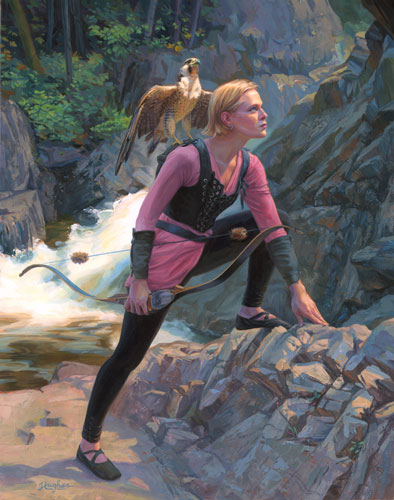

Illustration Courses
click to open/closeAD 219 Illustration: Foundations
4 credit hours
Offered: Fall, Winter
Introduction to the fundamental principles and techniques of illustration, with a focus on narrative picture-making using ink and watercolor media.
AD 319A Illustration: Digital Media
4 credit hours
Offered: Fall, Winter
Prerequisite: AD 102 or AD 219, and AD 218; or instructor permission.
Digital media is employed as a tool for storytelling and visual communication, tailored to meet client needs. Explore how images effectively convey social messages through real-world illustration projects.
AD 319B Illustration: Narrative Figure
4 credit hours
Offered: Fall, even numbered years
Prerequisite: AD 102 or AD 219 or instructor permission.
Exploration of the human figure as a structural form and vehicle for expression in narrative art and illustration. Emphasis is placed on anatomy, drawing and painting from observation, construction, gesture, composition, research, and creating reference to aid imagination.
AD 419 Illustration: Advanced Studio
4 credit hours
Offered: Fall, odd numbered years
Prerequisite: AD 303 or concurrent enrollment, and either AD 319A or AD 319B; or instructor’s permission.
Development of conceptual and problem-solving abilities within the framework of varied commercial situations, while encouraging personal artistic voice. Ideation, research, and the professional practice of an illustrator are emphasized.
AD 431 Portfolio: Illustration & Painting
4 credit hours
Offered: Winter, odd numbered years
Prerequisite: AD 303, and at least two from AD319A, AD319B, AD320, AD419, or AD420; or instructor's permission.
Through individualized projects, students will refine their technical skills, artistic vision, and professional presentation to create portfolios and promotional materials that reflect their career goals and unique strengths.
Illustration FAQ
click to open/closeWhat is the difference between a Bachelor of Fine Arts in Illustration and a Bachelor of Arts or Bachelor of Science?
The BFA is considered the professional studio degree, as it has more credits in the Illustration concentration and more studio credit hours than a BA or BS degree. The BA and BS degrees provide students with the option to pursue a minor in another area of interest, such as Writing, English, etc., alongside their major in Illustration.
Does the school require a portfolio review before you are accepted into our programs?
If you are accepted into the University, you are able to pursue a degree within the school. However, you can present a portfolio to the professor in your studio area who will use your work to gauge whether you should receive advanced placement credit (replaces course and credit hours) or a waiver (replaces course but not the credit hours) or at what studio level you should begin. This portfolio can be reviewed during a campus visit or with a faculty member during a meeting during the semester. Although there is no required portfolio review to enter the program, Art and Design majors must participate and complete a faculty review of their portfolios (Individual Art Review AD 303) which is scheduled during the twelfth week of each semester.
What equipment is required for Illustration Majors?
Outside of the A&D Apple laptop requirement, complete with industry standard Adobe software, illustration students at the 300-level will be required to purchase a digital drawing tablet. Classes also utilize a range of traditional media throughout the curriculum, including: graphite, charcoal, ink, watercolor, colored pencil, pastels, collage, acrylic, and options to explore additional media as student interest dictates.
What are the prospects for employment with a degree in Illustration?
Earning a living in today's illustration marketplace is indeed attainable, though the traditional full-time studio and staff positions are not as prevalent as they once were. Graduates will often find themselves thriving in the world of freelance illustration, where they are contracted by a diverse range of clients on a project-to-project basis. This prospect can be both thrilling and daunting for both parents and students. Within our curriculum, we address essential topics that will equip students for this dynamic field, including marketing their work, effective contract negotiation, safeguarding intellectual property rights, setting competitive pricing, and upholding ethical responsibilities. These components are vital for launching a successful career. However, it's crucial to emphasize that no amount of training can substitute a student's intrinsic drive, work ethic, and resilience when confronted with challenges. These qualities are paramount in giving them the best possible chance of success. Rest assured, our program is designed not only to nurture artistic talent but also to instill the determination and adaptability necessary to thrive in the ever-evolving world of illustration.
What emphasis will I find in the Illustration program?
Our illustration curriculum places a strong emphasis on the importance of working from life and directly observing the subject. This foundational principle equips students with essential skills and techniques, allowing them to hone their ability to visually express ideas and narratives effectively for a broad spectrum of clients across both print and electronic media. While students have the opportunity to develop expertise in a specific area of illustration, our program is designed to expose them to various outlets within the field. This diversity of experience is invaluable in preparing students to excel in a continuously evolving job market. To further this goal, we encourage students to cultivate their own original content, granting them greater creative control over their work and fostering a spirit of artistic independence.
Are there scholarships for incoming freshman?
The school offers the High School Freshman Scholarship (four $1000 awards) that is available each year with applications due in April.
See the web for details
Scholarship Information







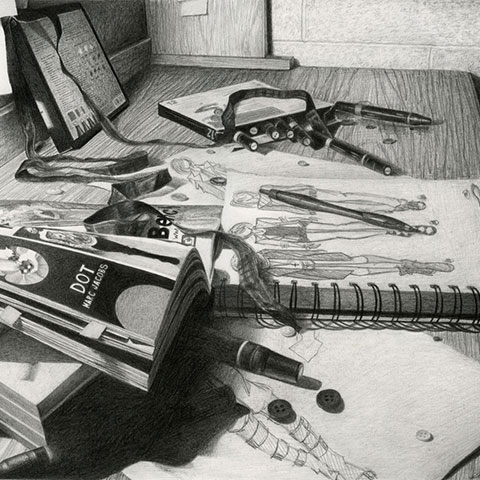

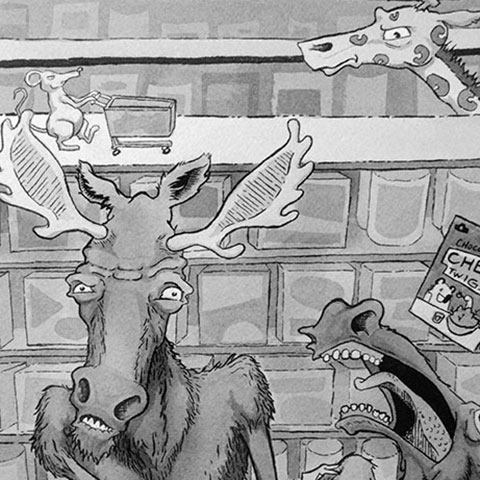

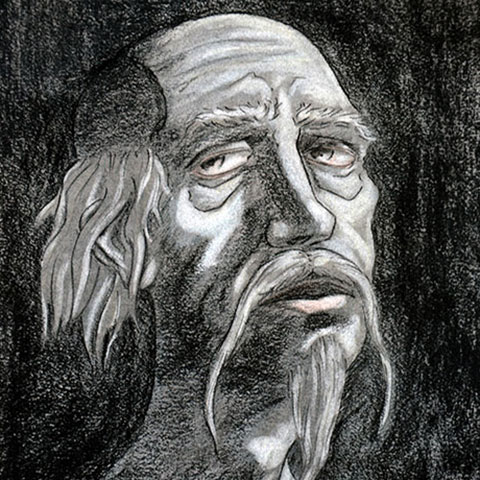


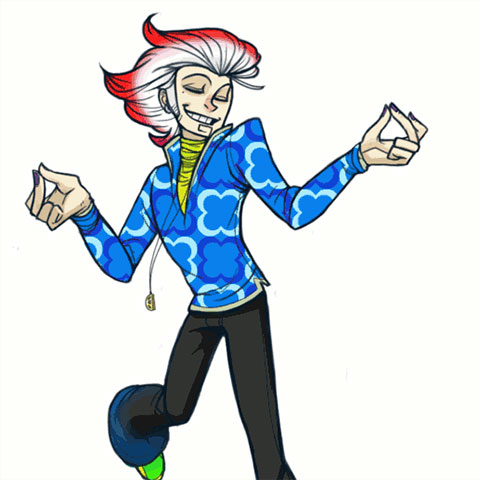






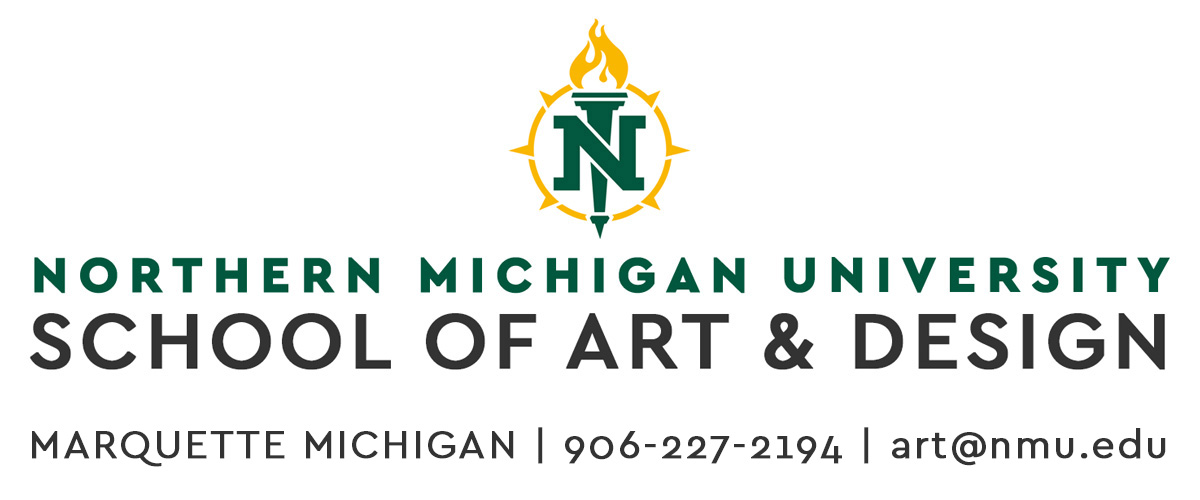
 NMU is an
NMU is an 



